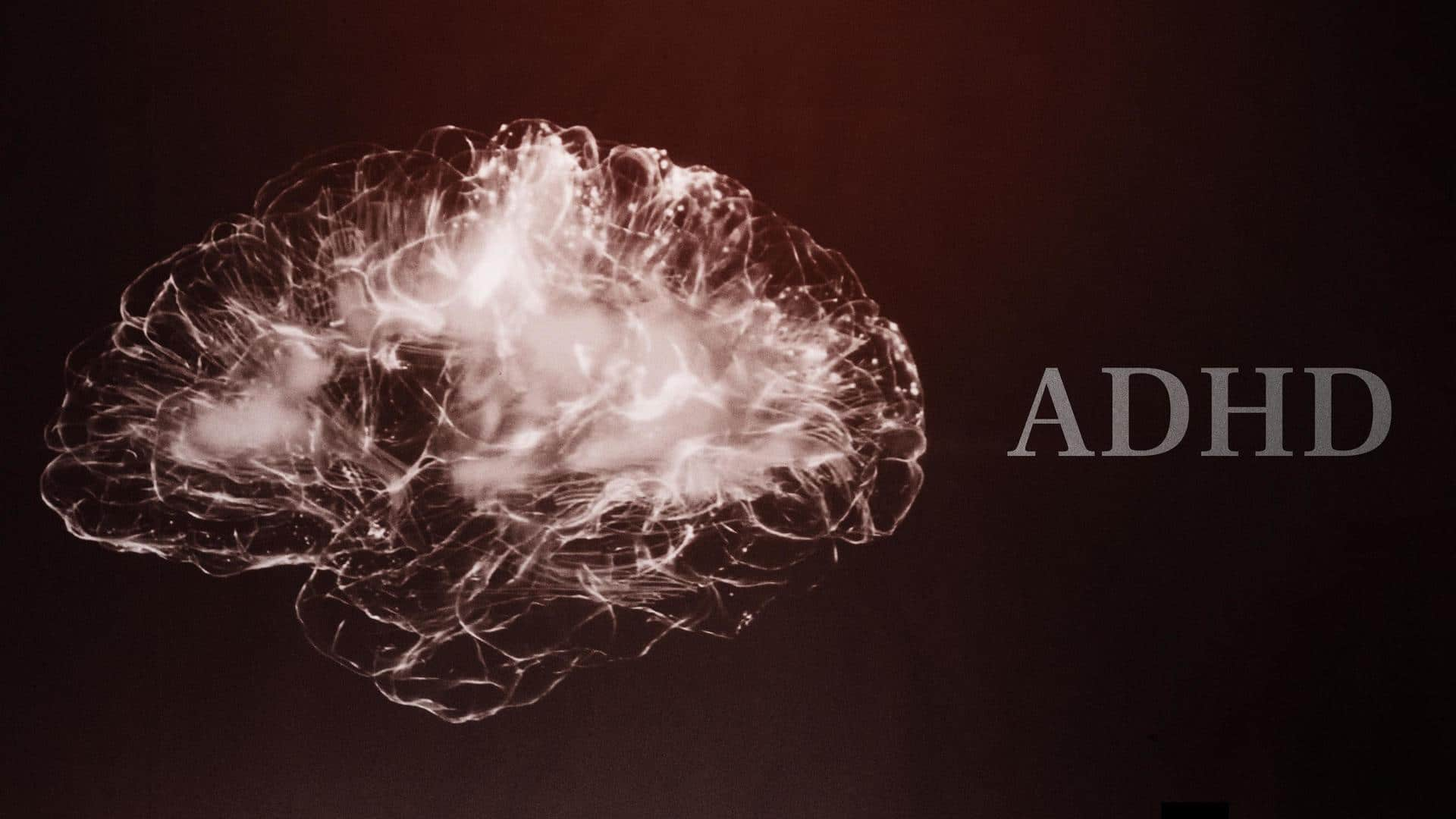
What is ADHD? Everything you need to know
What's the story
Attention deficit hyperactivity disorder (ADHD) is a chronic behavioral problem that affects millions of children worldwide and often continues into adulthood.
People with ADHD have difficulty focusing, maintaining attention, controlling impulses, and managing their energy levels.
The ADHD Institute in Japan estimates that the global prevalence of ADHD ranges from 0.1% to 8.1%.
To understand its various aspects, keep reading.
Context
Here's what our expert says
Attention deficit hyperactivity disorder is a common and chronic condition often diagnosed in childhood but may persist in adults.
Typically the affected individual shows impulsive, restless, and disruptive behavior.
Those with ADHD can be treated by psychiatrists and psychologists with medicines like cognitive enhancers, stimulants, and behavioral therapy which includes cognitive behavioral therapy, group therapy, family therapy, anger management, and psychoeducation.
Definition
What is ADHD?
ADHD is a chronic neurodevelopment disorder characterized by impulsive behavior, inattention, and hyperactivity. ADHD is usually diagnosed in children but it often lasts long into adulthood. With proper treatment, children and adults with ADHD can live successful and highly productive lives.
Types
Types of ADHD
There are three forms of ADHD as per the American Psychiatric Association's Diagnostic and Statistical Manual of Mental Disorders (DSM 5)
Predominantly Hyperactive-Impulsive: People with this type of ADHD mostly struggle with hyperactivity and impulsiveness.
Predominantly Inattentive: People in this category mainly have symptoms of inattentiveness.
Combined Hyperactive-Impulsive and Inattentive: People in this group have symptoms of hyperactivity, impulsiveness, and inattentiveness.
Comparison
ADD vs ADHD
Attention deficit disorder (ADD) is an older term for ADHD. It has now been phased out. However, some people still use both terms interchangeably.
Some psychiatrists may label the condition as ADD if a child only has trouble focusing and does not show signs of hyperactivity.
The current version of the DSM officially recognizes ADHD as the correct term.
Symptoms
What are the signs and symptoms?
People with predominantly hyperactive-impulsive ADHD might engage in constant movement and excessive fidgeting and talking.
They are impulsive when it comes to decision-making, especially when their decisions might be harmful or detrimental, the effects of which may be long-lasting.
People with inattentive ADHD may struggle to stay focused, are easily distracted from the task at hand, and lack persistence or organization.
Causes
What causes ADHD?
The causes of ADHD are still not well-defined.
Though certain factors have been found to have a link with it, research suggests that ADHD has a neurobiological and a genetic basis.
Tobacco consumption during pregnancy, traumatic brain injury in early childhood, lower birth weight, premature birth, consumption of sugar, lead, or food additives, and excessive screen time have been associated with ADHD.
Treatment
How can it be treated?
There's no fail-safe cure for ADHD. However, with the right treatment approach, many symptoms can be brought under control.
Its treatment usually involves medication, certain behavioral strategies, and lifestyle changes to help with focus and organization.
Certain lifestyle changes can create a conducive environment for people with ADHD.
These may include reorganization of their space, following routines, and reminders of tasks at hand.